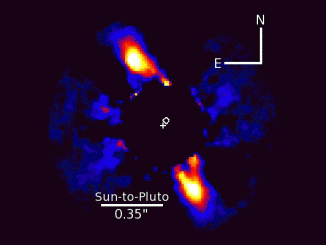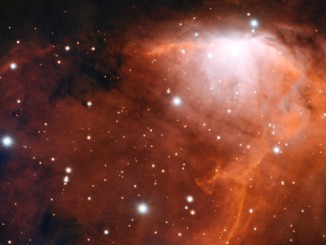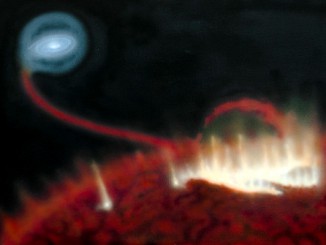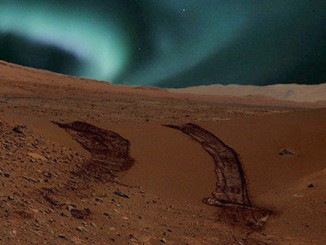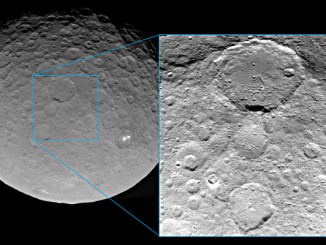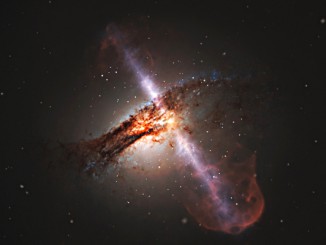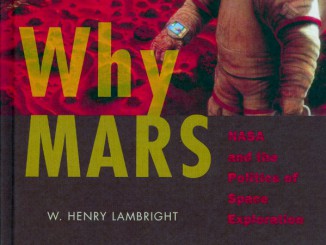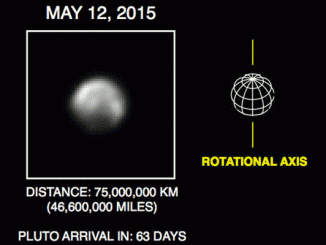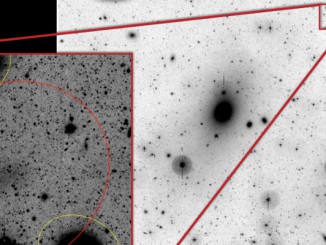
Crashing comets may explain mysterious lunar swirls
Lunar swirls have been the source of debate for years. The twisting, swirling streaks of bright soil stretch, in some cases, for thousands of miles across the Moon’s surface. Brown University researchers have produced new evidence that they were created by several comet collisions over the last 100 million years.

